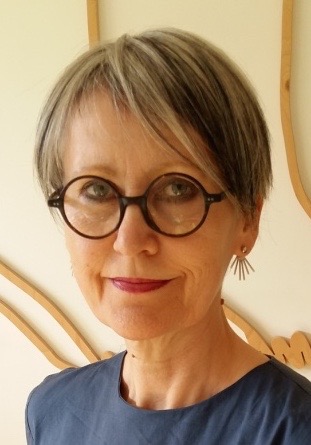Getting Lost
- Elise V Allan

- Jun 10, 2020
- 3 min read
first posted March 2018

“Sometimes I have to stop working because I don’t know what to do next,” complains the artist, “and I feel like an idiot. I really should know what I’m doing, by now! And then, when I push on with the painting I ruin it.”
We are educated to think like this. To keep going, to push ourselves on by force of will, to not admit we don't know, or that we are lost.
To regularly stop and find our bearings is an integral part of creative work. To find ourselves in a place where we really don’t know where we’re going is an indication that we’re entering new (to us) territory. It’s beautiful. It lets us know that we’re exploring, that we’re open to inspiration, and that we’ve not fallen into working formulaically.
Being immersed in the painting trance is delightful. When we come out of it, feeling that shift in our relationship with the painting, honesty and acceptance of the need to stop are essential. And if we were Zen practitioners we might bow in gratitude. If not, we might have a moment of grateful acknowledgment that something bigger than our personalities carried us for a while.
When we enter that feeling of having lost our way, we can surrender to taking plenty of time just to look. To really see what we have. We might surprise our eyes by looking at the painting upside down or in the mirror, or on a different wall, until we can begin to see it more clearly. This colour stands out, that unimportant little area looks intriguing and I want to explore it further, or that big shape is dominant and that one recedes. That part makes me feel I want to sink into it. That shape directs my eyes to the edge.
Only when we’ve paused and looked and looked, do we consider using our maps. Our maps are our prior references; whether based on our intentions, or on composition and structure; whether on the type of surface we want or an illusion we want to create. We can consider maps created by others – what would Georgia O’Keefe have done? How would Louise Bourgeois have approached this? We might decide to create a new map, if we realise that our intentions are being changed on encountering this new territory.
Or just as we might be approached by a stranger, in an unknown street, in a foreign country, and maybe feel uncertain about whether they are going to help us or mug us, we can be ambushed by an impulse to make some change to the painting, and not be sure if the impulse comes from divine inspiration or an internal saboteur. They look very similar in the dark. The gut feeling is the best we have. But we can also be fooled by the promptings of our fears and our wishes. And sometimes we don’t know the difference until later. When our wallet is gone, or the painting a mess. When the stranger has taken you to watch an incredible local custom, or when editing out your favourite part of the painting has transformed it for the better.
Eventually – and it might have taken a long pause, days, weeks or months - we know that we’re ready to move forward, we want to act, and have a clearer idea of how to go about it. Whether we’ve used a map, or are following an impulse, at some point we’ll make a move, take a risk, try something out. We don't know how it will go, but maybe the next experiment will pull us into a new period of painting trance, maybe it will destroy the piece and we are back at the beginning again, or maybe it will finish the painting, and we are ready to begin the next one. And if we were Zen practitioners we might pause to bow in gratitude.




Comments